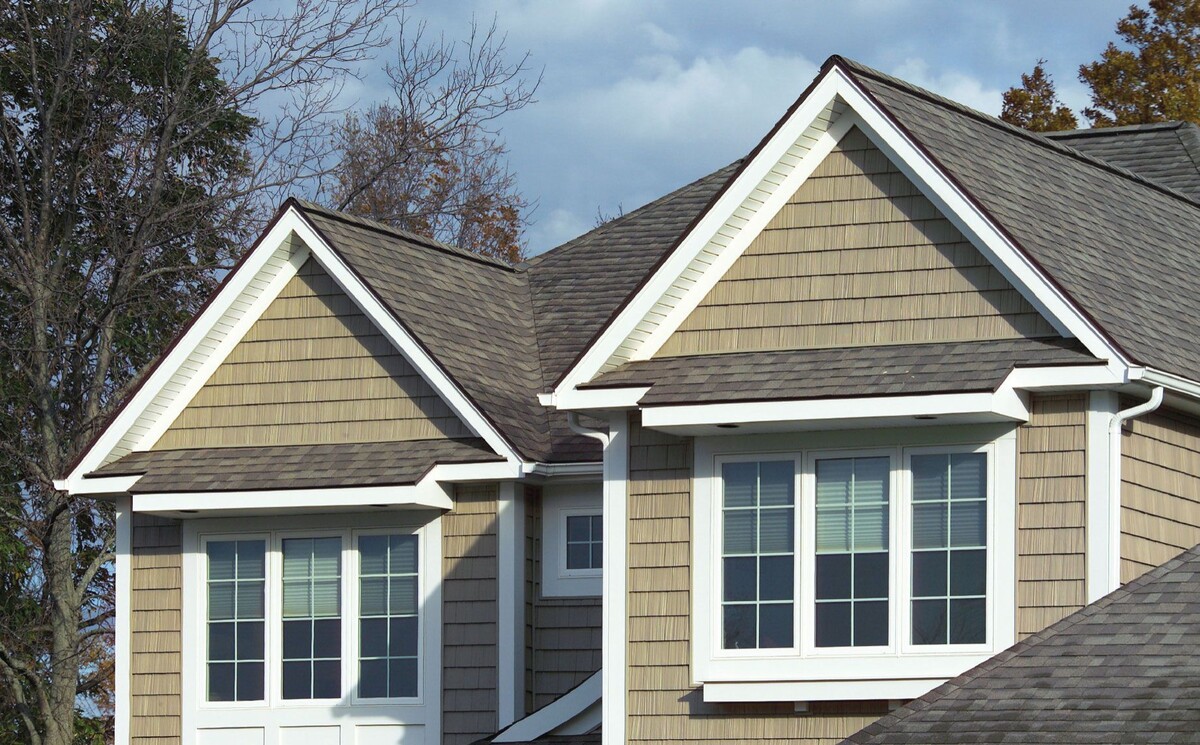

Articles
How To Make Siding Look Better
Modified: August 20, 2024
Discover effective articles on how to make siding look better. Improve the appearance of your home's exterior with helpful tips and techniques.
(Many of the links in this article redirect to a specific reviewed product. Your purchase of these products through affiliate links helps to generate commission for Storables.com, at no extra cost. Learn more)
Introduction
When it comes to the exterior of our homes, siding plays a crucial role in both functionality and aesthetics. Not only does siding protect our homes from the elements, but it also contributes to the overall curb appeal of the property. However, over time, siding can become worn, faded, or damaged, detracting from the beauty of our home.
If you find yourself in this situation, fear not! There are several ways you can make your siding look better and give your home a fresh new appearance. In this article, we will explore some tips and tricks to transform your siding and enhance the overall look of your home.
Before diving into the various methods to improve the appearance of your siding, it’s important to assess your current siding situation and determine the extent of the work required. Are you dealing with minor discoloration or more significant damage? Taking a closer look will help you decide which steps you need to take to make your siding look better.
Once you have assessed the condition of your siding, it’s time to explore different methods to revamp its appearance. From choosing the right color to adding decorative accents and improving the surrounding landscaping, there are plenty of ways to give your siding a much-needed facelift.
Moreover, keep in mind that maintaining your siding is equally important to preserve its looks and longevity. Periodic cleaning, proper maintenance, and prompt repairs can go a long way in ensuring your siding stays in top shape for years to come.
So, without further ado, let’s dive into the various ways to make your siding look better and rejuvenate the exterior of your home!
Key Takeaways:
- Choose the right color for your siding to enhance curb appeal. Consider architectural style, neighborhood palette, and personal preferences to create a welcoming and aesthetically pleasing exterior.
- Regular maintenance, prompt repairs, and decorative accents can rejuvenate your siding. From cleaning and landscaping to lighting and paint, these steps can transform the look of your home’s exterior.
Read more: How To Make Vertical Blinds Look Better
Choosing the Right Color
One of the most effective ways to make your siding look better is by choosing the right color. The color of your siding can have a significant impact on the overall appearance of your home. It can help blend the house with the surroundings, make it stand out, or create a cohesive and harmonious look.
When selecting a color for your siding, there are a few factors to consider. First, take into account the architectural style of your home. Classic or traditional styles may benefit from more neutral and timeless colors, such as shades of white, gray, or beige. Modern or contemporary homes, on the other hand, can handle bolder and more vibrant color choices.
Next, consider the color palette of your neighborhood. While you want your home to stand out, you also want it to harmonize with the surrounding houses. Look for colors that complement the nearby homes while still expressing your personal style.
Another essential consideration is the climate in which you live. Certain colors may absorb heat more than others, which can impact the energy efficiency of your home. Lighter colors tend to reflect heat, while darker colors absorb it. This is particularly important in hot climates where energy efficiency is a major concern.
Lastly, it’s crucial to take into account your personal preferences and the overall aesthetic you want to achieve. Do you want your home to have a warm and inviting look or a more bold and dramatic appearance? Choosing a color that resonates with your style and creates the desired atmosphere can make a significant difference in how your siding looks.
It’s worth noting that many siding manufacturers offer a wide range of color options. Take advantage of samples or digital tools that allow you to visualize different colors on your home’s exterior. This will help you make an informed decision and ensure that the chosen color complements your home’s architecture and surroundings.
Remember, selecting the right color for your siding can drastically enhance the look of your home. Whether you opt for a classic, neutral tone or a vibrant and eye-catching hue, choose a color that reflects your personality and creates a welcoming and aesthetically pleasing environment.
Cleaning and Maintenance Tips
To make your siding look better and maintain its appearance over time, regular cleaning and proper maintenance are essential. Here are some tips to keep your siding looking fresh and well-maintained:
- Use a gentle cleaner: Avoid using harsh chemicals or abrasive cleaners that can damage the siding. Instead, opt for a gentle cleaner specifically formulated for siding materials. Dilute the cleaner according to the manufacturer’s instructions and apply it with a soft-bristle brush or a low-pressure power washer.
- Start from the top: When cleaning your siding, always start from the top and work your way down. This helps prevent streaks and ensures that any dirt or debris is washed away completely.
- Rinse thoroughly: After applying the cleaner, rinse your siding thoroughly with clean water. This will remove any remaining residue and prevent streaking or discoloration.
- Inspect for damage: During the cleaning process, take the opportunity to inspect your siding for any signs of damage, such as cracks, holes, or loose panels. Addressing these issues promptly can prevent further damage and improve the overall appearance of your siding.
- Trim vegetation: Trim any trees, bushes, or vines near your siding to prevent them from rubbing against the surface or causing damage. Overgrown vegetation can also trap moisture, leading to mold or mildew growth.
- Prevent mold and mildew: If you notice any mold or mildew on your siding, it’s crucial to address it promptly. Use a mixture of water and bleach or a commercial mold remover to clean the affected areas. Prevent future growth by ensuring proper ventilation and sun exposure to your siding.
- Protect against pests: Inspect your siding for signs of pest infestation, such as holes or damage. Seal any gaps or cracks to prevent insects or rodents from entering. Consider installing pest repellent devices or consulting a professional exterminator if necessary.
- Paint touch-ups: If your siding is painted, regularly inspect it for any chipped or peeling paint. Touch up these areas promptly to prevent further damage and maintain a cohesive appearance.
- Follow manufacturer’s guidelines: Different siding materials may require specific cleaning and maintenance techniques. Refer to the manufacturer’s guidelines or consult a professional to ensure you are taking the proper steps for your specific siding type.
By following these cleaning and maintenance tips, you can extend the lifespan of your siding and keep it looking its best for years to come. Regular maintenance not only improves the appearance of your siding, but it also helps protect your home from potential damage caused by neglect.
Repairing Damaged Siding
Even with regular maintenance, siding can sometimes become damaged due to various factors such as severe weather, accidents, or general wear and tear. Repairing damaged siding is crucial not only for improving its appearance but also for maintaining the integrity of your home’s exterior. Here are some steps to help you repair damaged siding:
- Assess the damage: Begin by assessing the extent of the damage. Determine if it is a minor issue that can be fixed with simple repairs or if it requires the replacement of entire panels.
- Replace individual pieces: If only a few pieces of siding are damaged, you can replace them individually. Carefully remove the damaged pieces by prying them off with a pry bar or a siding removal tool. Insert the new pieces, making sure they securely lock into place.
- Repair small holes: For small holes or cracks in the siding, you can use an exterior-grade caulk or a patching compound. Apply the caulk or compound to fill the hole or crack, smooth it out with a putty knife, and allow it to dry completely. Once dry, you can paint over it to blend with the surrounding siding.
- Patch larger areas: If the damage is more extensive, you may need to patch larger areas of siding. Cut out the damaged section, making sure to follow the lines of the existing siding. Measure and cut a replacement piece to fit the opening, and secure it in place with nails or screws. Use caulk or a patching compound to seal the edges and joints.
- Make seamless repairs: To ensure a seamless repair, match the color and texture of the replacement siding to the existing siding. You can often find matching siding from the same manufacturer or consult with a professional to get the best match.
- Address structural issues: If the damage to your siding is a result of underlying structural issues, such as rot or water damage, it’s essential to address those problems first. Repair any damaged sheathing or framing before replacing the siding to ensure a stable and long-lasting repair.
- Consider professional help: If you are unsure about how to repair the damaged siding or if the damage is extensive, it may be wise to seek help from a professional siding contractor. They have the experience and expertise to handle repairs efficiently and ensure a high-quality result.
By promptly addressing and repairing damaged siding, you can maintain the overall appearance and structural integrity of your home. Regular inspections and quick action will help prevent further damage and the need for more extensive repairs in the future. Don’t shy away from seeking professional help when necessary, as it can save you time, effort, and potential complications.
Adding Decorative Accents
Enhancing the look of your siding can go beyond simple repairs and maintenance. By adding decorative accents, you can give your home’s exterior a unique and personalized touch. These accents not only beautify your siding but also contribute to the overall aesthetic appeal of your home. Here are some ideas for adding decorative accents:
- Shutters: Installing shutters on either side of your windows can instantly add character and charm to your home. Choose shutters that complement the style and color of your siding, creating a cohesive look. Opt for materials that are durable and weather-resistant, such as vinyl or composite, for long-lasting beauty.
- Window trim: Adding decorative window trim can make your windows stand out and add visual interest to your siding. Choose trim styles that align with the architectural style of your home, whether it’s traditional, modern, or eclectic. Paint the trim to match or contrast with your siding color for a striking effect.
- Window boxes: Consider installing window boxes beneath your windows and fill them with colorful flowers or vibrant greenery. Window boxes not only add a touch of nature to your exterior but also create a charming and inviting look. Choose materials that withstand the elements, such as fiberglass or PVC, to ensure longevity.
- Exterior moldings: Enhance the elegance of your siding by adding exterior moldings. Decorative moldings can be used around doorways, windows, or even along the corners of your home. They provide an extra layer of sophistication and can create a focal point that showcases your siding beautifully.
- Architectural features: Consider incorporating architectural features such as decorative brackets, corbels, or pediments. These elements add visual interest and a touch of grandeur to your home’s exterior. They can be installed on the siding or near entryways and windows to create a dramatic effect.
- Outdoor artwork: Install outdoor artwork, such as metal sculptures, wall hangings, or mosaic pieces, to add a unique and artistic touch to your siding. Choose pieces that reflect your personal style and create a focal point that draws attention to your home’s exterior.
- Exterior lighting: Install decorative outdoor lighting fixtures that accentuate your siding and illuminate your home’s exterior. Choose fixtures that complement the style of your home and provide the right amount of light. Well-placed lighting can enhance the beauty of your siding even after the sun goes down.
- Plant trellises: Consider adding trellises along your siding to create a visual backdrop for climbing plants or vines. This adds a touch of natural beauty and can help soften the look of your siding. Opt for trellises made of durable materials such as metal or vinyl to withstand outdoor conditions.
Adding decorative accents to your siding allows you to showcase your personal style and create a unique exterior that sets your home apart. Whether it’s shutters, window boxes, moldings, or outdoor artwork, these accents can transform your siding and make a significant impact on the overall look and feel of your home.
Consider giving your siding a fresh coat of paint in a modern color to instantly improve its appearance. Make sure to properly clean and prepare the surface before painting for the best results.
Read more: How To Make A Drop Ceiling Look Better
Enhancing Landscaping around Siding
One of the most effective ways to make your siding look better is by enhancing the landscaping around it. The right landscaping can complement and accentuate the beauty of your siding, creating a cohesive and visually appealing exterior. Here are some tips for enhancing the landscaping around your siding:
- Foundation plantings: Planting flowers, shrubs, or small trees around the base of your home can add depth and dimension to your landscaping. Choose plants that will thrive in your climate and complement the color and style of your siding. Make sure to leave enough space between the plants and the siding to prevent moisture buildup or damage.
- Define walkways and borders: Use hardscaping elements such as stone or brick to create defined walkways, borders, or edging around your landscaping. This not only adds structure to your outdoor space but also provides a clean and polished look that enhances the overall appearance of your siding.
- Group plantings: Create visual interest by grouping plants of different heights, colors, and textures. This adds variety and creates a more dynamic and visually appealing landscape. Consider planting flowers, ornamental grasses, and shrubs of varying heights to create a layered effect that complements your siding.
- Consider seasonal changes: Choose plants that offer visual interest throughout the seasons. Opt for a mix of evergreen plants that provide year-round foliage, along with seasonal flowers or shrubs that bloom during different times of the year. This ensures that your landscaping around the siding remains vibrant and attractive regardless of the season.
- Pay attention to scale: Consider the scale and size of your home when selecting plants for your landscaping. Large, towering plants may overwhelm a small house, while small plants may get lost against the backdrop of a larger home. Choose plants that are proportionate to the size of your home and provide balance and harmony.
- Add mulch or ground cover: Use mulch or ground cover plants to cover bare soil areas around your landscaping. This not only helps retain moisture and suppress weeds but also provides a neat and finished look. Choose mulch or ground cover that complements the color palette of your siding to create a cohesive and visually appealing landscape.
- Light up your landscaping: Install outdoor lighting fixtures to highlight key elements of your landscaping and illuminate your siding at night. Well-placed lighting can create a dramatic effect, adding depth and enhancing the overall appearance of your siding. Consider using spotlights to showcase trees or architectural features near the siding.
- Maintain your landscaping: Regularly maintain your landscaping by watering, pruning, and weeding as needed. Remove any dead or overgrown plants that detract from the beauty of your siding. Proper maintenance will ensure that your landscaping remains lush and vibrant, enhancing the overall appearance of your home.
By enhancing the landscaping around your siding, you can create a harmonious and visually pleasing exterior. Whether it’s adding foundation plantings, defining walkways, or paying attention to scale and seasonal changes, thoughtful landscaping can greatly enhance the beauty of your siding and make a significant impact on your home’s curb appeal.
Installing Exterior Lighting
Installing exterior lighting is a fantastic way to enhance the look of your siding and create a warm and inviting atmosphere around your home. It not only improves the aesthetics but also provides safety and security. Here are some tips for installing exterior lighting:
- Identify key areas: Determine the key areas around your home that can benefit from outdoor lighting. These may include entryways, pathways, garden beds, or architectural features. Identifying these areas will help you plan the placement and type of lighting fixtures needed.
- Choose the right fixtures: Select lighting fixtures that complement the style and color of your siding. Consider materials that are durable and weather-resistant, such as stainless steel or aluminum, to ensure longevity. Choose fixtures that provide the appropriate amount of light for each specific area.
- Highlight architectural features: Use lighting fixtures to accentuate the architectural features of your home. For example, install uplights to illuminate columns or pillars, or use spotlights to showcase unique textures or designs in your siding. This brings attention to your siding and adds depth and visual interest.
- Illuminate pathways and entryways: Installing path lights or sconces along walkways and near entryways not only enhances the safety of these areas but also adds a welcoming ambiance. Consider using fixtures that emit a soft and warm glow, creating a visually appealing guide for visitors.
- Consider motion sensors: For added security and convenience, consider installing lighting fixtures with motion sensors. These sensors detect movement and activate the lights, illuminating the area when someone approaches. Motion sensor lights can deter intruders and provide extra visibility at night.
- Add string lights or lanterns: Create a cozy and inviting atmosphere by incorporating string lights or lanterns on your patio or around outdoor seating areas. These decorative lighting options can transform your outdoor space and make your siding truly shine.
- Layer lighting:
Create depth and ambiance by using a combination of different lighting types. Combine direct and indirect lighting to highlight different features of your siding and create a more dynamic and visually interesting effect. Layering lighting adds depth and creates a multidimensional look. - Consider energy-efficient options: Opt for energy-efficient lighting solutions, such as LED or solar-powered fixtures. These options not only save energy but also have a longer lifespan, reducing maintenance and replacement costs over time.
- Consult a professional: If you’re unsure about the best lighting options for your siding or if you need help with installation, consider consulting a professional lighting designer or contractor. They can provide expert advice on lighting placement, types, and techniques to achieve the desired effect.
With the right exterior lighting, you can showcase the beauty of your siding and create a welcoming ambiance around your home. Whether it’s accentuating architectural features, illuminating pathways, or adding decorative string lights, thoughtful installation of exterior lighting can truly transform the look and feel of your siding and enhance the overall appearance of your home.
Applying a Fresh Coat of Paint
One of the most effective ways to make your siding look better is by applying a fresh coat of paint. A new paint job can rejuvenate the appearance of your siding, giving your home a fresh and updated look. Here are some tips for successfully applying a fresh coat of paint:
- Prepare the surface: Properly preparing the surface is key to achieving a smooth and long-lasting paint finish. Start by cleaning the siding to remove any dirt, grime, or mildew. Use a mild detergent and a soft brush or a pressure washer to thoroughly clean the surface. Allow the siding to dry completely before proceeding.
- Repair any damage: Before painting, take the time to repair any damaged areas of the siding. Fill in cracks or holes with an appropriate filler, and sand the surface smooth. Replace any loose or damaged panels. Filling and repairing these areas ensures a seamless and professional-looking paint job.
- Choose the right paint: Select a high-quality exterior paint that is suitable for your siding material. Consider factors such as weather resistance, durability, and color retention. Choose a paint color that complements the style of your home and blends well with the surrounding environment.
- Test the paint color: Before applying the paint to the entire siding, it’s a good idea to test the color on a small, inconspicuous area. This allows you to see how the color appears in different lighting conditions and ensures that you are happy with the final result.
- Prime if necessary: Depending on the condition of your siding and the type of paint you are using, you may need to apply a primer before painting. Priming helps the paint adhere better and provides a more even finish. Consult the paint manufacturer’s instructions to determine if priming is required.
- Use the right tools: Invest in high-quality brushes, rollers, and other painting tools to achieve a professional-looking result. Use brushes for detailed areas and cut-ins, and rollers for larger sections of siding. Consider using extension poles or ladders to reach higher areas safely.
- Apply multiple coats: To ensure a thorough and even coverage, apply multiple coats of paint. Follow the manufacturer’s instructions regarding drying times between coats. Applying multiple thin coats of paint rather than one thick coat helps prevent drips and allows for better adhesion.
- Protect surrounding areas: Before painting, take the necessary precautions to protect surrounding areas from paint splatters or spills. Cover windows, doors, and landscaping with drop cloths or plastic sheets. Use painter’s tape to protect edges, trim, and other areas you don’t want to paint.
- Maintain the paint job: Regularly inspect your painted siding for any signs of wear or damage. Touch up any chips or peeling paint promptly to maintain the appearance and protection of your siding. Regular maintenance will extend the life of your paint job and keep your siding looking fresh for years to come.
By applying a fresh coat of paint, you can dramatically transform the look of your siding and give your home a renewed sense of curb appeal. With proper preparation, high-quality paint, and careful application, your siding will look vibrant, polished, and beautifully refreshed.
Conclusion
Enhancing the look of your siding is a rewarding project that can greatly improve the overall appearance and curb appeal of your home. Whether your siding is worn, faded, or damaged, there are several effective ways to make it look better and rejuvenate the exterior of your home.
Choosing the right color can make a significant impact on the look and feel of your siding. Consider the architectural style of your home, the color palette of your neighborhood, and your personal preferences to select a color that enhances the beauty of your siding.
Regular cleaning and maintenance are essential to preserve the appearance and longevity of your siding. Follow proper cleaning techniques, inspect for damage, and promptly address any issues that arise. By practicing regular upkeep, you can prevent further damage and maintain the overall look of your siding.
If your siding is damaged, take the necessary steps to repair it promptly. From replacing individual pieces to patching larger areas, tackling the damage head-on will ensure a seamless and well-maintained exterior.
Adding decorative accents and landscaping around your siding can enhance its visual appeal. Shutters, window trim, exterior moldings, and outdoor artwork are just a few ways to add character and charm to your home. Additionally, well-planned landscaping can complement your siding and create a harmonious and inviting environment.
Installing exterior lighting is another effective way to make your siding stand out. Properly placed lights can highlight architectural features, illuminate pathways, and create an enchanting atmosphere around your home.
Lastly, applying a fresh coat of paint can breathe new life into your siding. Proper surface preparation, choosing the right paint, and using the correct tools are key to achieving a professional-looking finish.
In conclusion, by implementing these tips and techniques, you can make your siding look better and transform the exterior of your home. Whether you choose to repaint, repair, add accents, enhance landscaping, or install lighting, each step will contribute to a more visually appealing and inviting home. Take pride in your siding and enjoy the renewed beauty it brings to your living space for years to come.
Frequently Asked Questions about How To Make Siding Look Better
Was this page helpful?
At Storables.com, we guarantee accurate and reliable information. Our content, validated by Expert Board Contributors, is crafted following stringent Editorial Policies. We're committed to providing you with well-researched, expert-backed insights for all your informational needs.
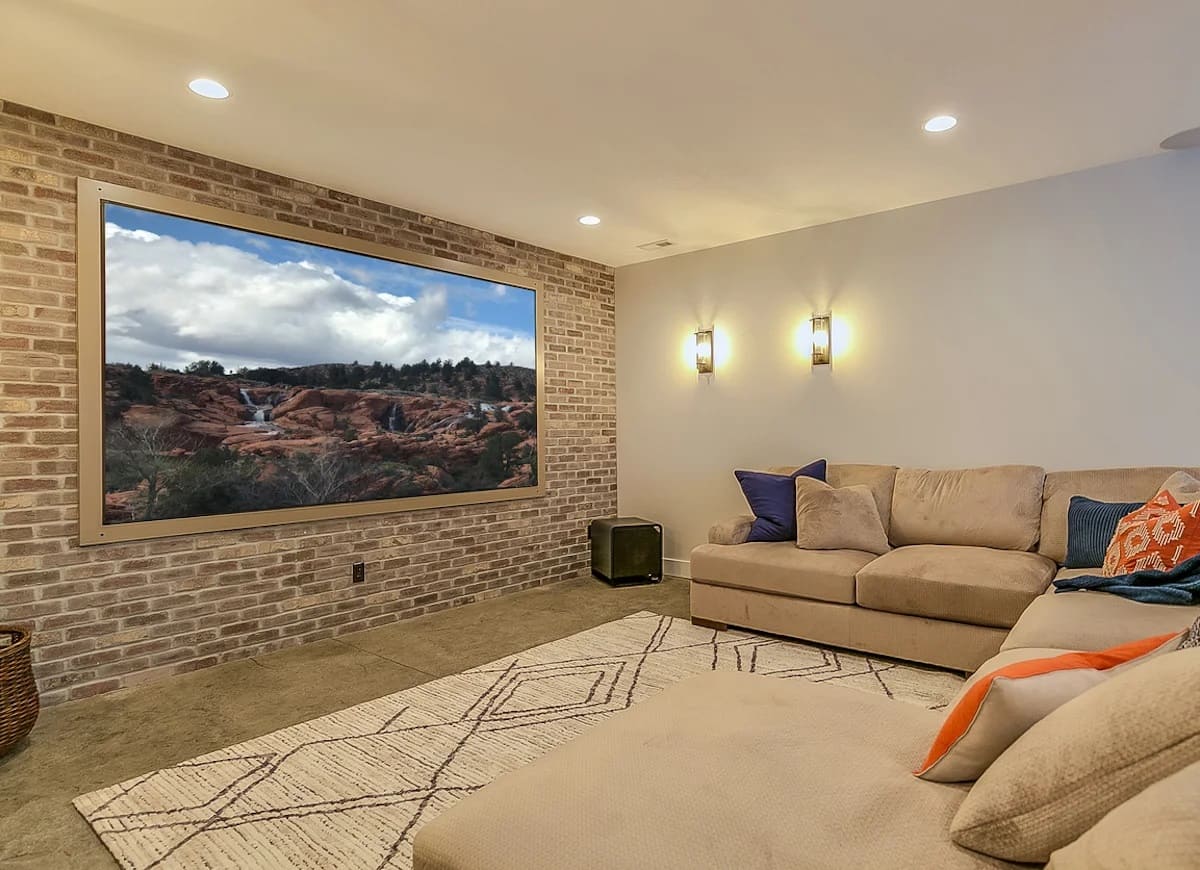
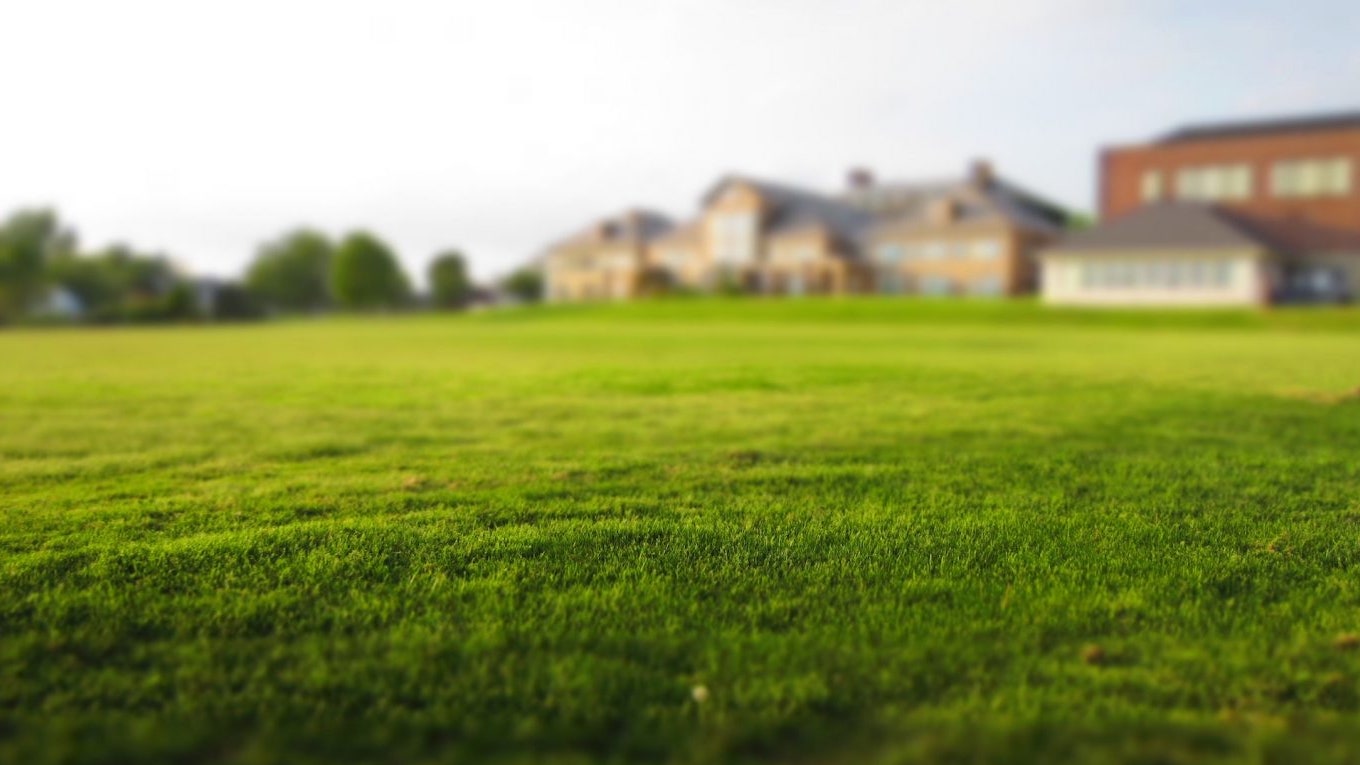
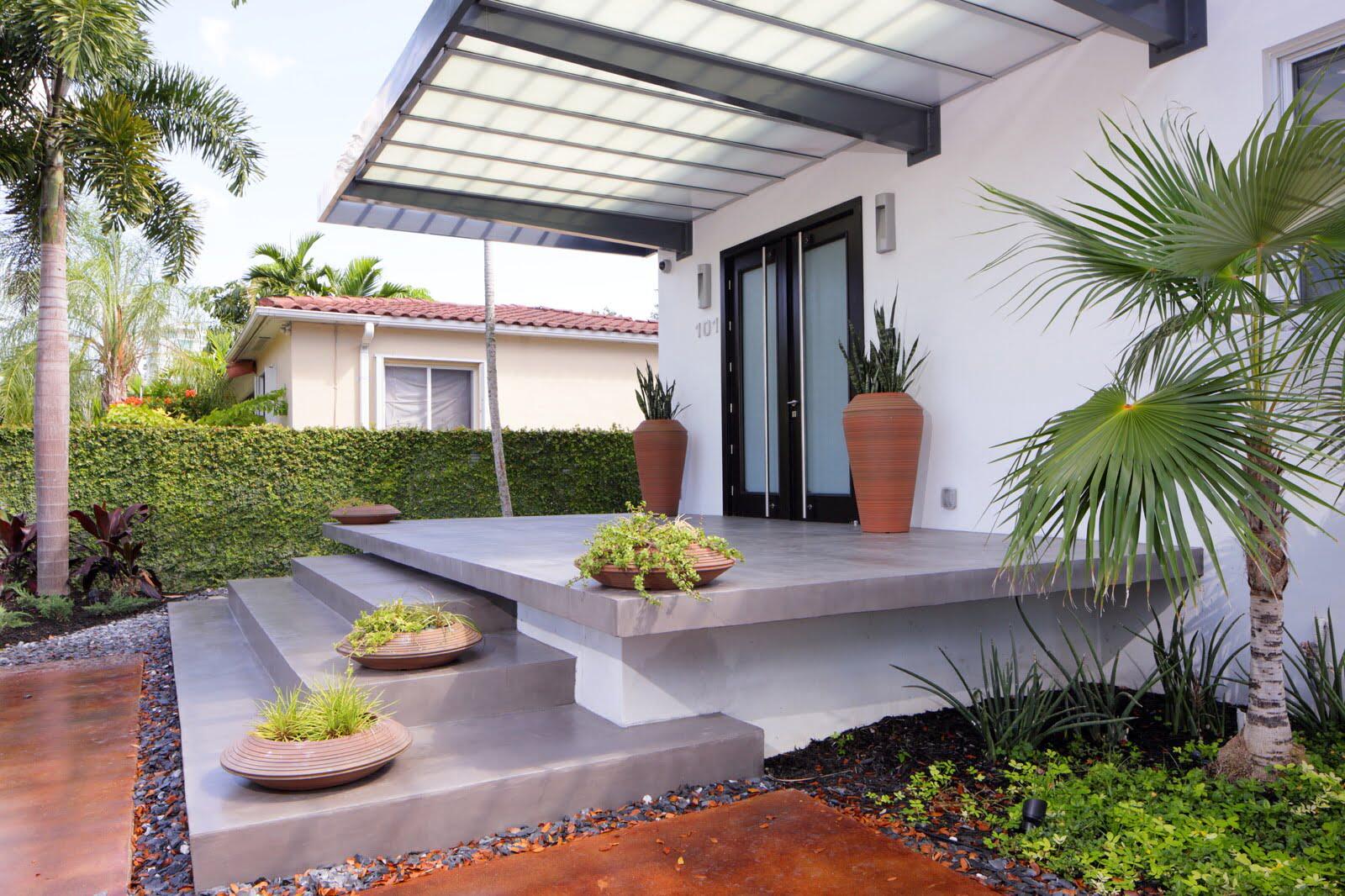


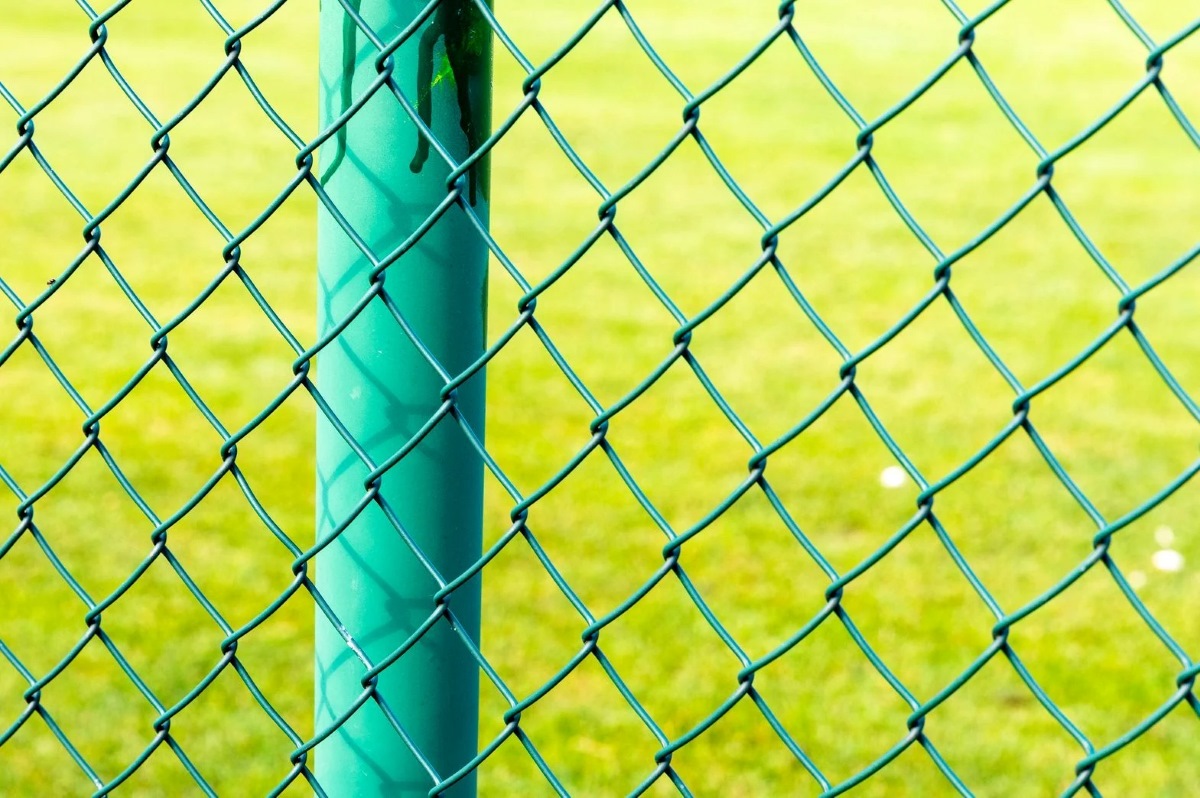
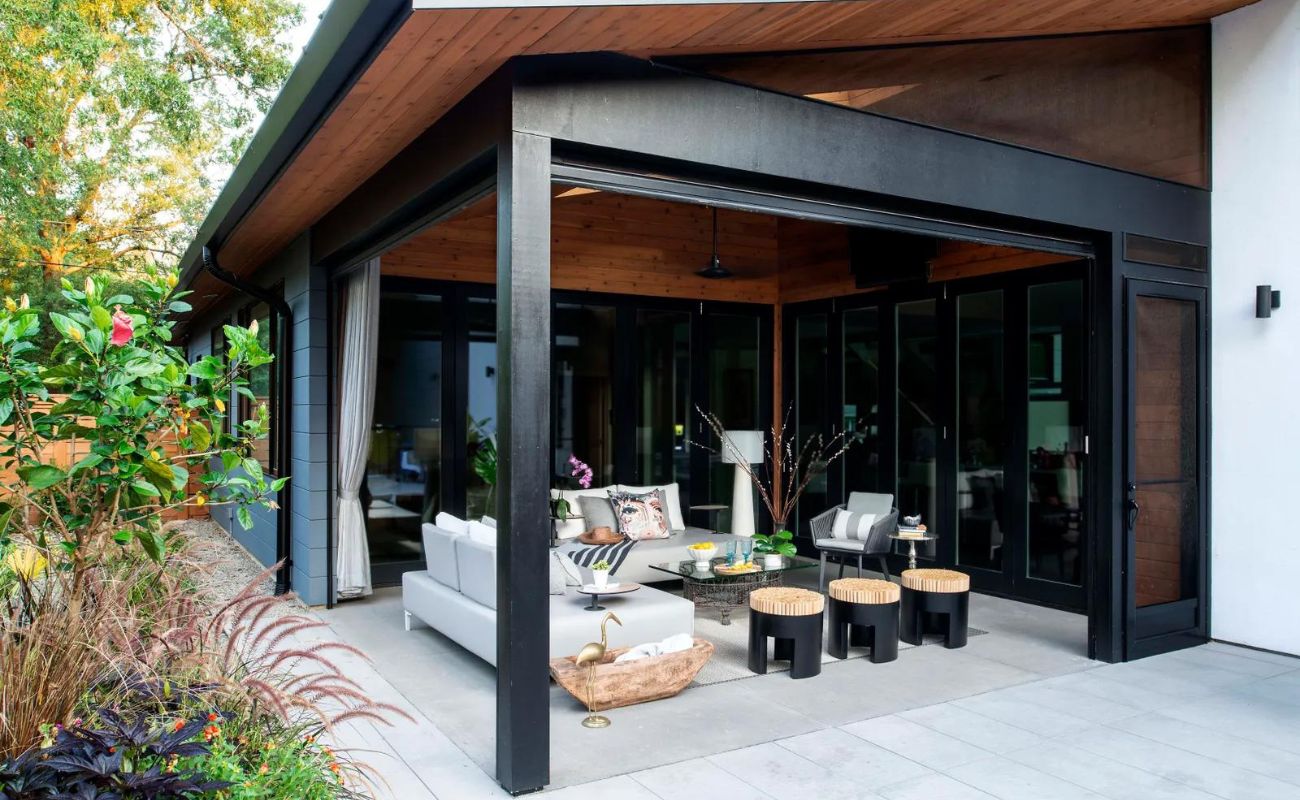
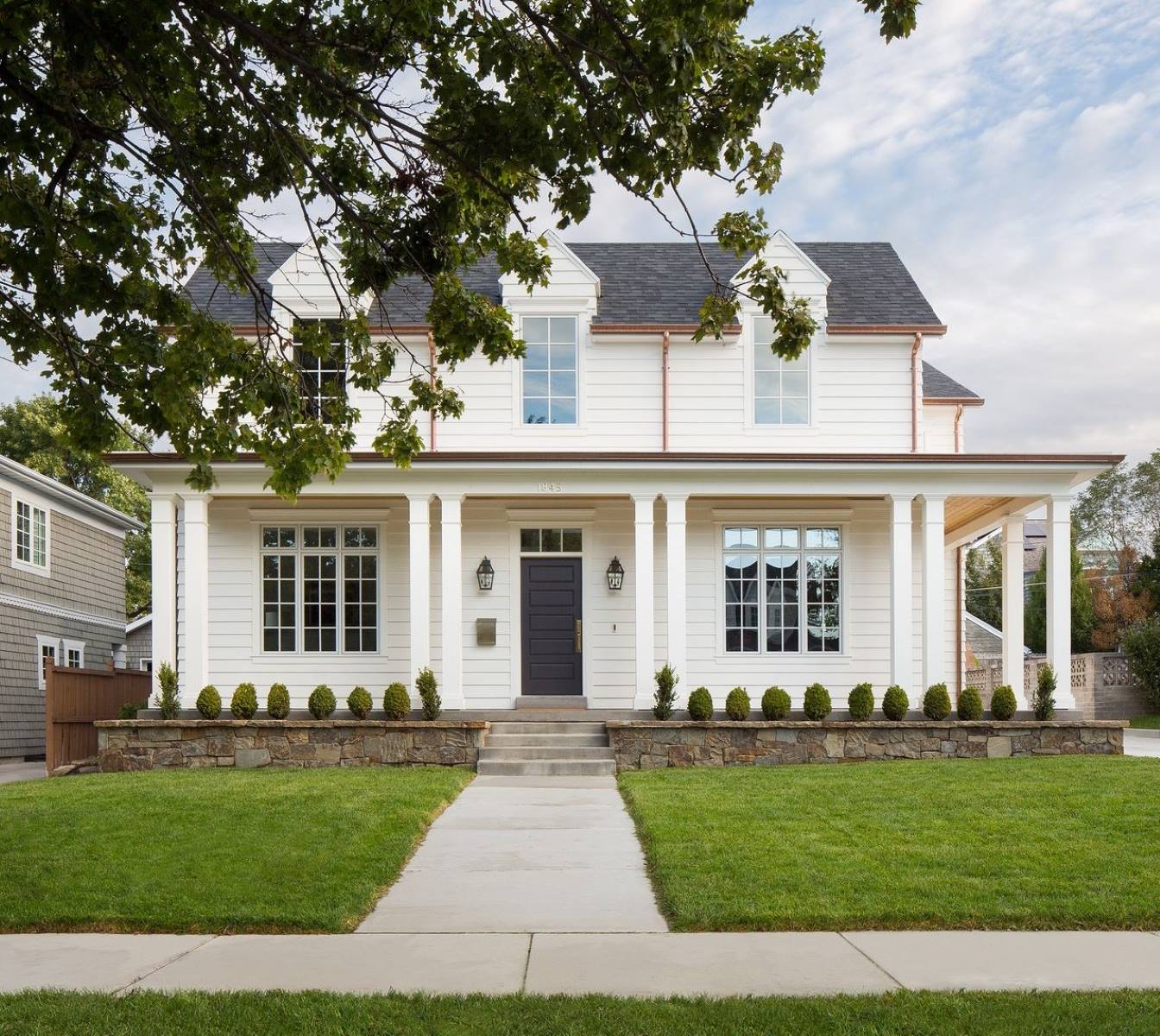
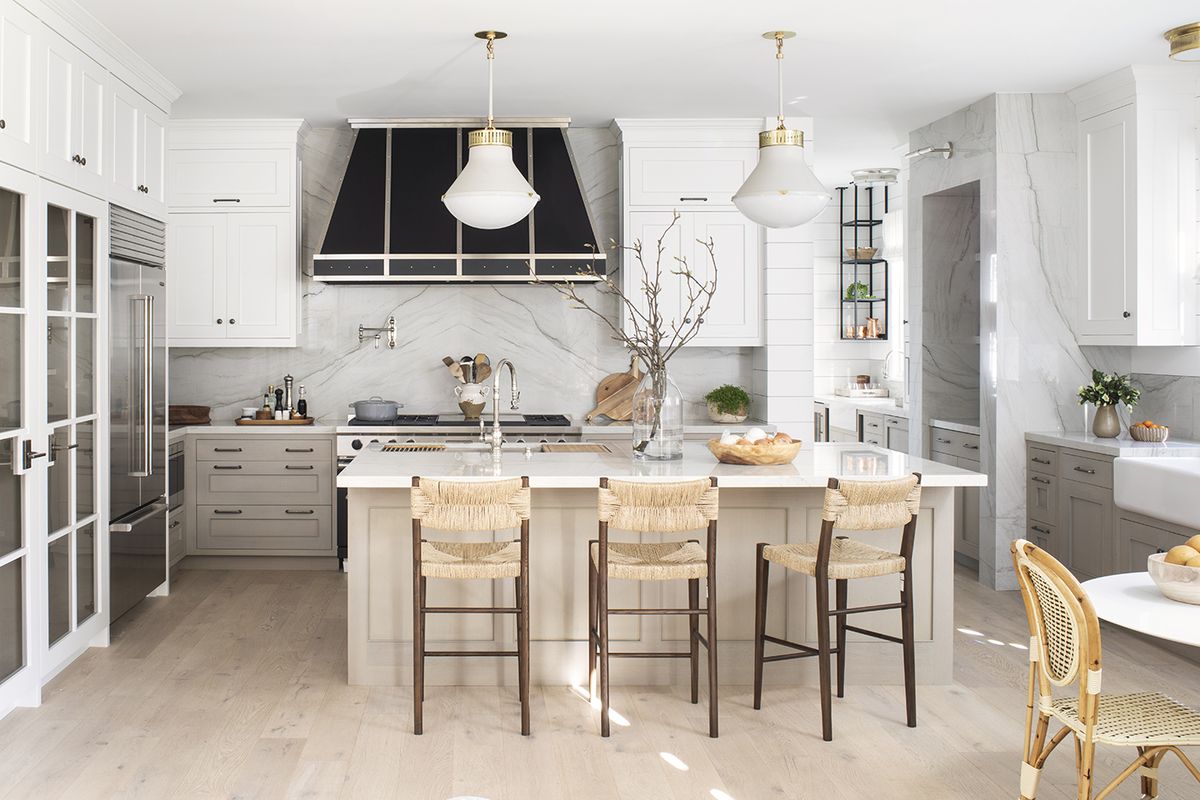



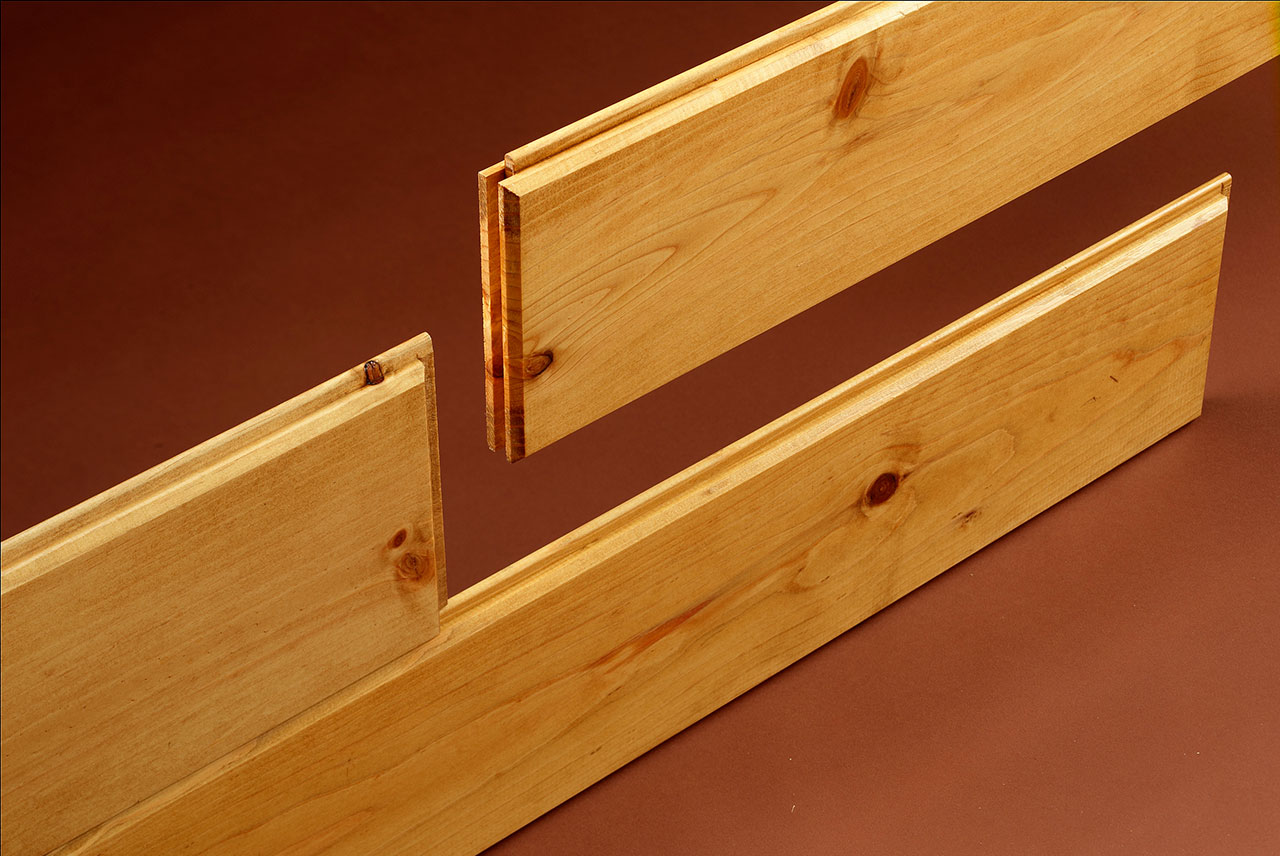


0 thoughts on “How To Make Siding Look Better”